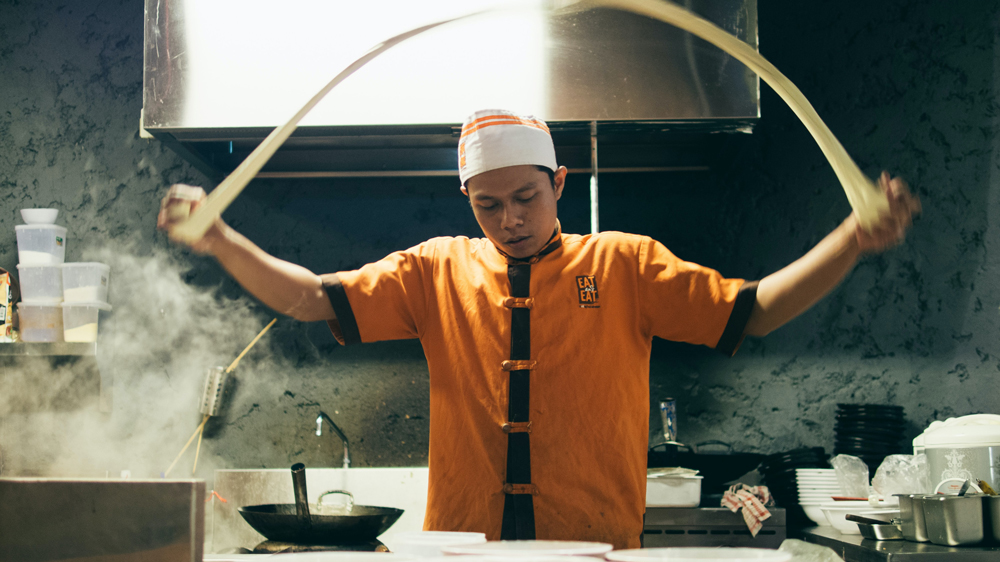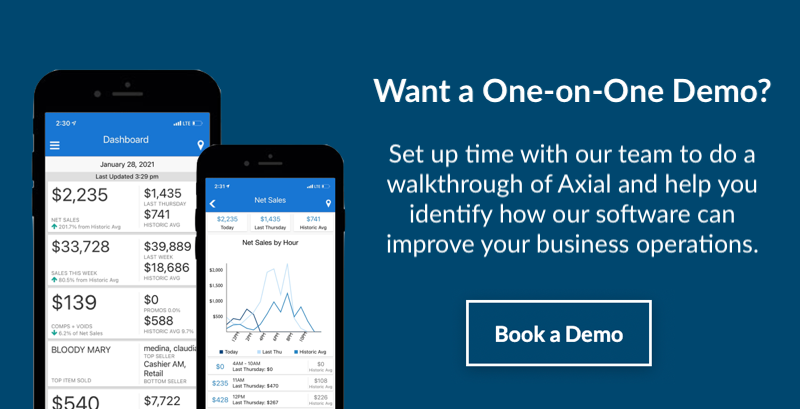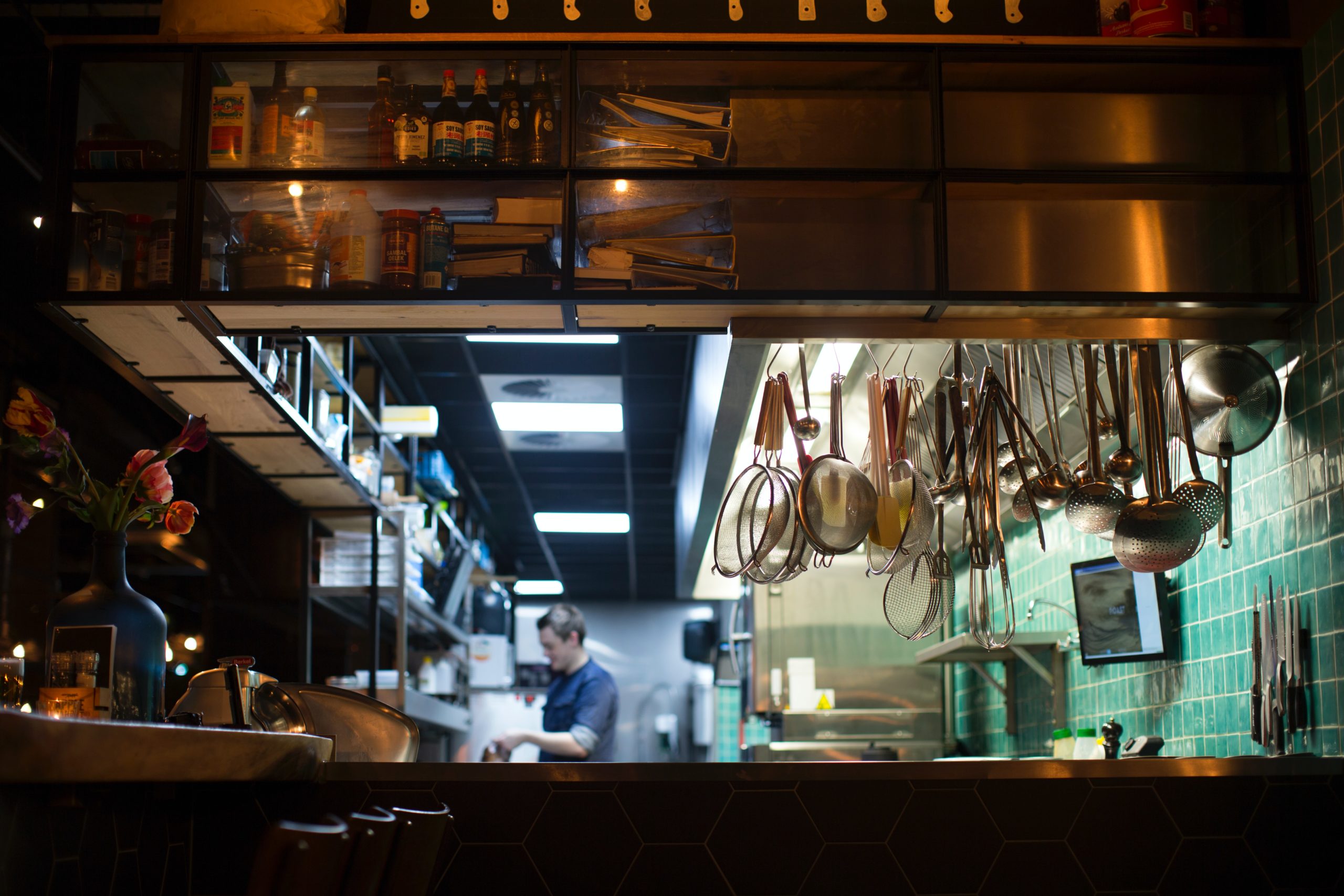We recently discussed the importance of hourly labor planning in the context of restaurant sales.
A parallel process that is equally as crucial is planning inventory. When a restaurant has a finger on the pulse of what they’re selling, how much they’re selling, and when they’re selling it, it makes the entire operation run smoother.
What we see more commonly is restaurant managers spread too thin who use a gut feeling to estimate how much product they need and when the kitchen needs to prep it. Relying on instincts instead of data to make these decisions is too much of a guessing game.
Not enough product ready? Then you may have to pull someone off the line to help prep more food. This creates a ripple effect with unintended consequences like poor staff morale and a bad guest experience.
Too much product? You have to throw food away, which is wasteful and reduces margins that are tight to begin with. This can feel defeating, especially when you’re disappointed because you didn’t get as many customers as you anticipated.
Tracking Theoretical Inventory By Day Part
A restaurant’s Theoretical Inventory is the amount of product they have at the beginning of the day plus what they received from their vendors minus what they sell during operating hours. Theoretical Inventory and Actual Inventory are never the same due to Variances like mistaken orders, comps, etc.
That said, it’s critical for restaurants to keep close tabs on their Variance. Variances highlight recipe and preparation issues, guest feedback, and myriad other problems that are often easy to solve once identified. Monitoring Variances avoids the stress and cost of product shortfalls or surplus items that must be thrown away. Managing Variances allows managers to stay nimble and make adjustments before it’s too late.
In many operations, leaders have become desensitized to managing Variances due to inaccurate feedback tools and/or the significant amount of time that obtaining a reliable Theoretical Inventory number consumes.

Pictured is Axial Commerce’s report showing product mix by day part.
To make our lives easier (and share the knowledge with our clients), we built Axial Commerce software with an automated inventory usage report broken down by day part. We also can include comps in the report if restaurants track this in their POS system. Our goal is to provide immediate, accurate feedback about usage so that managers can focus their energy on resolving issues they discover.
Access to this data helps everyone from the prep cook to the barback to ownership perform their role in running the business and develop the team by allowing them to become smarter at their jobs. Managers can allocate labor more efficiently and reduce waste because they know exactly what prep needs to be done.
The visibility that this report provides restaurant staff allows them to make smarter decisions more quickly, saving money and a lot of headaches.
To start a free trial, to schedule a demo, or to learn more, register at https://app.axialcommerce.com/register or contact us by clicking here.





